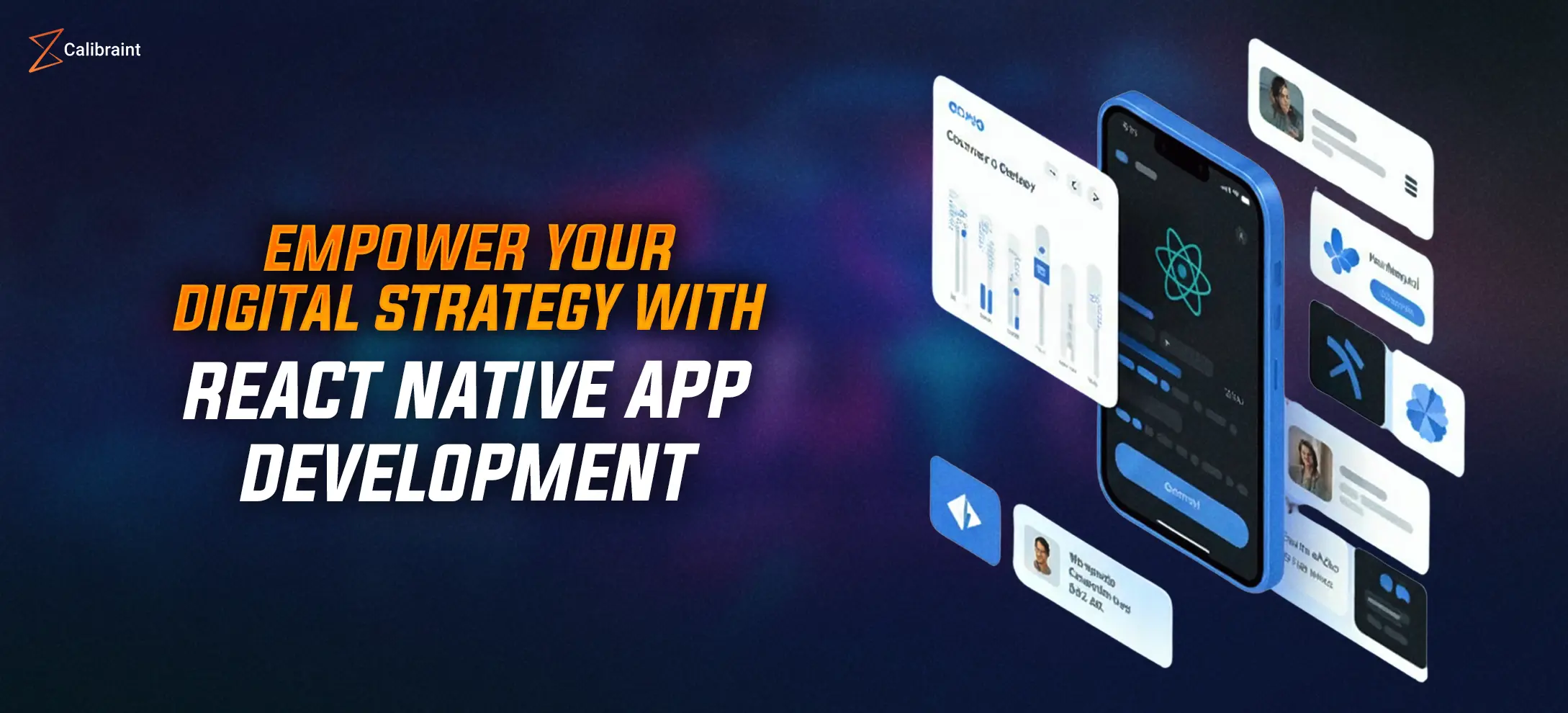How Custom Software for Banks Is Transforming the Future of Digital Finance

Beyond what meets the eye, how is custom software for banks quietly reshaping the way we save, spend, and invest online? Digital channels now account for a staggering 73% of all interactions with banks worldwide. As banks race to deliver personalized, secure, and intuitive experiences, custom software for banks has become the strategic engine driving this transformation. In fact, 82% of large banks now have a clear cloud strategy, and 43% of tier-one banks have migrated over half of their applications to the cloud. Against this backdrop, custom software for banks is not optional—it’s imperative.
Why Custom Software for Banks Is a Strategic Necessity
Although standardized banking systems can be quickly deployed, they frequently fail to meet the complex operational, regulatory, and strategic objectives of contemporary financial organizations. Custom software for banks offers a customized method of integrating technology with the distinct goals, procedures, and regulatory frameworks of an organization. Greater efficiency, creativity, and competitive differentiation are made possible by these solutions smooth integration with core systems and ability to adjust to changing client demands.
The Operational Advantages of Bespoke Banking Systems
The banking sector today operates in an environment where competition is fierce and regulations are stringent. For many institutions, adapting to these demands requires more than just adopting the latest off-the-shelf tools. This is where custom software for banks proves invaluable providing tailored solutions that address operational needs while keeping compliance at the forefront. By aligning technology with business goals, banks can operate more efficiently, serve customers better, and stay ahead of industry shifts.
Efficiency and Cost Reduction
By automating time-consuming, repetitive processes like data entry, loan processing, and compliance checks, custom banking software development simplifies operations. By reducing the possibility of human error and speeding up turnaround times, this automation frees up staff members to concentrate on other important tasks. By 2028, financial institutions that implement these customized solutions should save 20–40% on technology-related expenses, according to Deloitte. Long-term growth is ensured by these efficiencies, which eventually lower operating costs and free up funds for new customer-focused projects.
Scalability and Flexibility
Banks need to be prepared to manage expanding client populations, rising transaction volumes, and new service needs in a market that is changing quickly. Standard software regularly deteriorates and needs to be upgraded or replaced, which can be expensive. Contrarily, because custom banking solutions are made to be scalable, they can grow without affecting corporate operations. Banks can enter new markets, connect third-party platforms, and offer digital services with custom systems without having to deal with the technical and financial strain of beginning from scratch.
Process Integration
Even with its reliability, a lot of banks continue to employ outdated technology that, when combined with more recent technology, may cause operational bottlenecks. By combining these outdated systems with cutting-edge technologies like blockchain-based ledgers, sophisticated analytics, and AI-powered fraud detection, custom software development for banks addresses this issue. This interface speeds up compliance reporting, increases operational efficiency, and guarantees a seamless information flow across departments. Most significantly, it enables banks to update without interfering with services that interact with customers, preserving their confidence and happiness throughout the changeover.
Customer Experience: The Ultimate Competitive Edge
Customer expectations are rising, and digital-first interactions are the norm. Yet, a Lember survey found that only 34% of customers are satisfied with their bank’s mobile app.
Custom software for banks bridges this gap by delivering tailored user experiences:
- Personalization: Modern banking customers expect more than basic account access, they want services that understand and anticipate their needs. With custom banking solutions, banks can use secure data insights to recommend relevant products, help customers manage financial goals, and send proactive alerts when opportunities or risks arise. These tailored interactions foster loyalty by showing customers that their bank is not just a service provider, but a financial partner invested in their success. Over time, this personalized approach can transform casual users into long-term advocates.
- Omnichannel Integration: In today’s connected world, customers expect their banking journey to be consistent across every touchpoint. Banking custom software makes it possible to start a transaction such as a loan application on a mobile app, continue it via desktop, and finalize it in a branch, without having to re-enter any information. This level of integration eliminates friction and creates a fluid customer experience. It also allows banks to capture the full customer journey, giving them deeper insight into user behaviors and preferences for future improvements.
- Accessibility: Inclusivity is no longer optional in digital banking; it’s essential for serving diverse communities. Bespoke banking apps can include multilingual support, screen reader compatibility, adjustable text sizes, and simplified navigation, ensuring that services are accessible to customers of all abilities and backgrounds. By prioritizing accessibility from the ground up, custom software development for banks opens the door to wider user adoption, stronger brand reputation, and compliance with global accessibility standards making banking truly available to everyone.
- Impact on Revenue and Satisfaction: When customer experiences are designed with precision and care, the business results speak for themselves. Banks that invest in banking software development tailored to their users often see measurable gains, with some institutions reporting up to 20% revenue growth following such implementations. Beyond revenue, these improvements drive higher satisfaction rates, reduce churn, and encourage positive word-of-mouth creating a cycle where happy customers become the bank’s most effective ambassadors.
Banking custom software can raise customer satisfaction rates significantly, with some institutions reporting up to 20% revenue growth after investing in tailored solutions.
Enhancing Security and Compliance in a Digital Era
Cybersecurity remains one of the top priorities for the financial industry. Phishing, malware, and ransomware attacks are becoming increasingly sophisticated.
Custom software for banks strengthens security by embedding multi-factor authentication, biometric verification, and AI-powered anomaly detection directly into the system architecture. This makes it harder for attackers to exploit vulnerabilities compared to generic platforms.
Moreover, custom banking solutions are built to comply with region-specific regulations like GDPR, PSD2, or India’s RBI guidelines. They also adapt quickly to evolving rules without the downtime often associated with pre-packaged systems.
For example, banking software development can automate compliance reporting, ensuring that required documentation is generated and submitted without manual intervention—saving time and minimizing risk of human error.
Digital Transformation Trends Driving Custom Banking Software
The financial services landscape is evolving rapidly, with emerging trends influencing software development strategies.
Open Banking Adoption
Over 470 million users will engage with open banking services by the end of 2025, spanning more than 78 countries. Custom software development for banks supports secure API integration, enabling collaboration with fintech partners while maintaining compliance.
Rise of Neobanks and Challenger Banks
Digital-only banks are challenging traditional models, forcing incumbents to innovate. With custom banking solutions, legacy banks can match the agility of neobanks without overhauling their core infrastructure.
Super Apps and Embedded Finance
From payments to investments, consumers now prefer unified platforms. Bespoke systems can integrate multiple financial services into one seamless experience future-proofing customer engagement.
Real-World Case Studies of Custom Software Success
Case 1: A Leading Asian Retail Bank
Faced with growing customer dissatisfaction, the bank implemented custom banking solutions for its mobile app, introducing real-time spending insights and AI-driven savings recommendations. Result: a 28% increase in app engagement and 15% rise in cross-selling conversions within a year.
Case 2: European Mid-Sized Bank
Using custom software development for banks, this institution automated AML compliance, reducing investigation time by 40% and avoiding costly regulatory fines.
Challenges and Considerations in Implementing Custom Solutions
While custom software for banks offers numerous advantages, successful adoption requires:
- Clear Objectives: Defining the scope to avoid scope creep and excessive costs.
- Vendor Expertise: Partnering with specialists in banking software development ensures compliance and security standards are met.
- Ongoing Maintenance: Regular updates to address evolving threats and customer expectations.
The Future of Custom Software in Banking
By 2030, experts expect nearly all major banks to operate on a fully digital backbone, with AI, blockchain, and real-time analytics deeply embedded into banking custom software.
As the lines between finance, technology, and lifestyle blur, custom software for banks will be the differentiator that separates leaders from laggards. Institutions that invest in custom banking solutions today are positioning themselves for resilience, relevance, and profitability in the decades to come.
Conclusion: Building the Digital Bank of Tomorrow
The future of banking is not just about being digital, it’s about being distinct. Custom software for banks is more than a technological upgrade; it’s a business transformation strategy. From improving operational efficiency to securing customer trust, from elevating user experience to ensuring regulatory compliance, bespoke systems empower financial institutions to meet today’s demands and prepare for tomorrow’s challenges with confidence.
For banks willing to embrace innovation, custom software development for banks is the blueprint for success in the digital age. As technology continues to advance, the institutions that blend financial expertise with tailored software development will set the benchmark for global banking excellence.
At Calibraint, we specialize in creating future-ready, secure, and scalable custom banking solutions that align perfectly with your vision and operational needs. Whether you aim to modernize legacy systems, launch cutting-edge digital services, or enhance customer engagement, our team ensures your transformation journey is seamless and impactful. Partner with Calibraint today and take the first step toward building a truly distinctive digital bank.



























